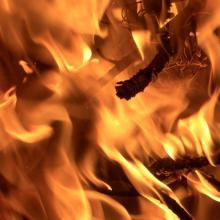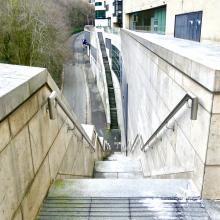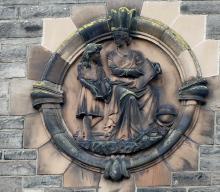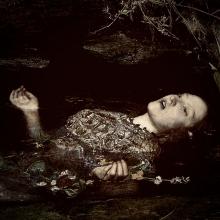
1874
THIS DAY’S POLICE NEWS.
NOISY DOGS.
At the City Police Court, Mr John Pringle[1] and Mr James Young were charged with having dogs in their premises in York Lane which annoyed the inhabitants of the surrounding houses.
In defence they stated that the dogs were necessary for the protection of their property, from which, previous to their having them, many things had been stolen.
They were each ordered to remove the dogs within twenty-four hours.
Edinburgh Evening News, 11 September 1873
[1] Pringle is listed as a smith in the Post Office Directory, 1873–74.
*****
SHERIFF CRIMINAL COURT—
To-DAY.
THEFT AND FORGERY.
At the Sheriff Criminal Court, James Allan pleaded guilty to a charge of theft and forgery.
The prisoner stole from the premises of Mr John Brown at York Lane, on the 8th July last, a cheque for the sum of £28 0s 11/2d, which Mr Brown had received from Mr John Waugh, Melrose.[2]
The prisoner forged the name of Mr Brown on the back of the cheque, and presented it at the Royal Bank of Scotland, where he obtained payment. He was sentenced to eight months’ imprisonment.
Edinburgh Evening News 15 September 1873
[2] Brown is listed as a grain and provision merchant in the Post Office Directory, 1873–74. The cheque was worth about £1,750 today, or 140 days’ wages for a skilled tradesman in 1873.
*****
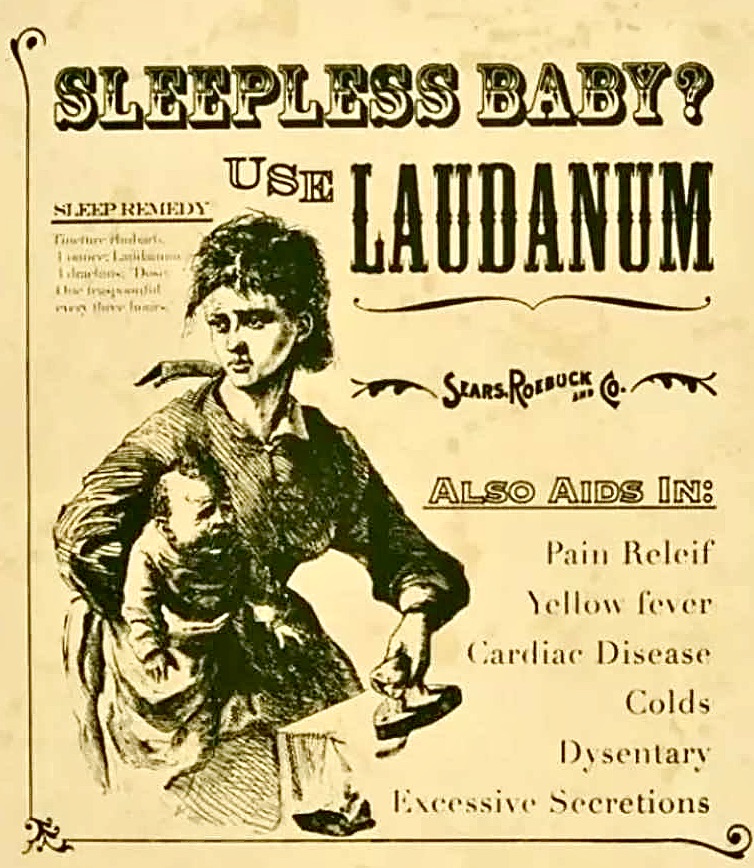
THE DAY’S POLICE NEWS.
ATTEMPTED SUICIDE
A young woman was brought up at the City Police Court, on the charge of attempting to commit suicide.
A few days ago, the accused, in York Lane, was observed by a policeman and a number of other people to drink a quantity of laudanum. She was taken to the Infirmary in a very dangerous state, but had now so far recovered as to be brought to the bar.
She pleaded guilty, and the Sheriff sentenced her to 10 days’ imprisonment, until her friends were communicated with.
Edinburgh Evening News, 4 November 1873
*****
SERIOUS ACCIDENT TO A GIRL.
A girl of about sixteen years of age, named Agnes Cossar, residing at 4 Potterrow, met with a serious accident this forenoon.
She was in the employment of Messrs Anderson & Robertson, bookbinders, Thistle Street Lane, and had gone out on to the glass roof of the back premises of Messrs Muirhead & Carter, adjoining where she was employed. A portion of the glass gave way, and she fell to the floor below.
Being taken up it was found she was quite insensible, and blood was flowing from her ears. A cab was immediately procured and she was conveyed to the Royal Infirmary. She is severely injured about the head and little hope is entertained of her recovery.[3]
Edinburgh Evening News, 22 November 1873
[3] In fact Agnes Vert Cossar lived for another 4 years, before dying at home on 7.3.1878 from tuberculosis (SR Deaths 685/4 196).
*****
FIRE IN REGENT TERRACE LANE.—Last night, a few minutes past eleven, fire was discovered to have broken out in the straw-room of a stable in Regent Terrace Lane, occupied by John Brown, cab proprietor, and belonging to Lord Provost Cowan.
Information was sent to the central police office, and in a quarter of an hour the engines, under the command of Firemaster Williams, arrived at the scene of the fire. Three horses which were in the stable were got out, and the harness was also saved. By the energy of the fire brigade and an abundant supply of water, the fire was got under in a couple of hours.[4]
The damage sustained will be covered by £200.[5] The Lord Provost and Treasurer Colston were early on the ground and watched the exertions of the firemen to extinguish the flames
Scotsman, 13 February 1874
[4] For previous coverage concerning the water supply here, see News from the Mews 20, 3.3.1869.
[5] About £12,500 today, or roughly 3 years’ wages for a skilled tradesman in 1874.
*****
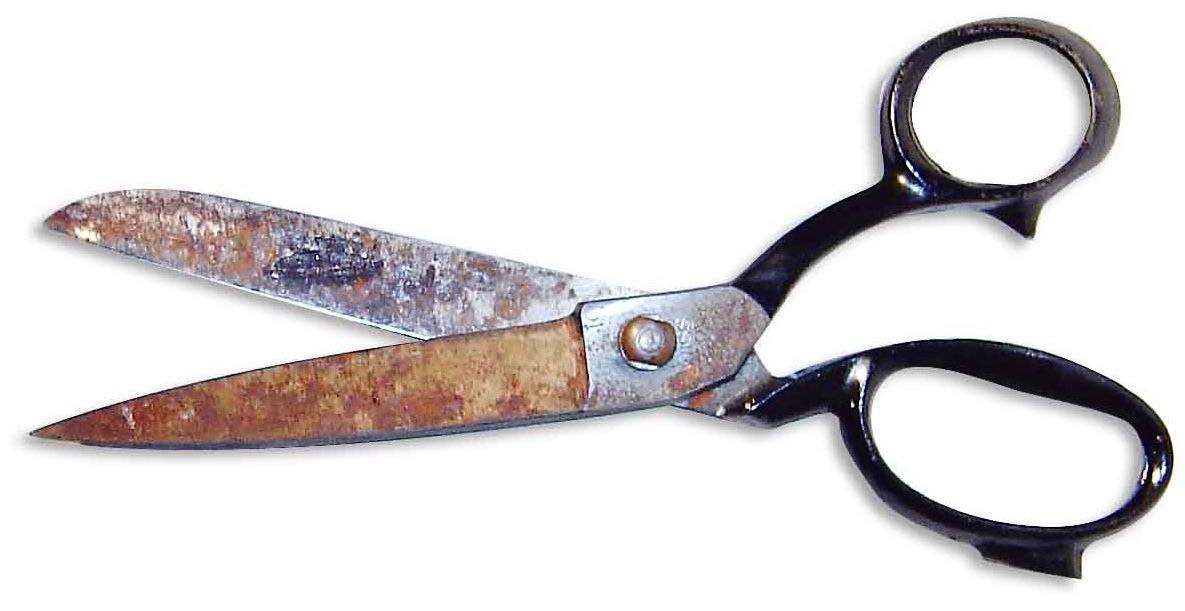
ANOTHER ATTEMPTED MURDER.
Last night, another of those attempts to murder, which have arrested the attention and excited the interest of the inhabitants of Edinburgh during the past few days, took place in Greenside Row.
A man named Michael M’Leod, who resided with his wife in No. 12 Greenside Row, had quarrelled with her a little before twelve o’clock. The cause of the quarrel has not yet been ascertained, as the man refuses to give information on the subject, but it is supposed that it arose from Mrs M’Leod being half intoxicated, and that her husband was exasperated by her conduct.
Mrs M’Leod lifted a knife or some other sharp weapon which was lying near her at the time, and attacked her husband with it, inflicting a severe wound, about two inches deep, on the back of his head. The man then rushed out of the house, while the blood poured freely from the wound, and went to the branch Police Office in Little King Street.
Whilst there, the loss of blood which he had sustained was so great that he almost fainted, and had to be conveyed to the Royal Infirmary on a stretcher, where his wound was attended to. The wound, though of a dangerous nature, is not expected to be fatal.
Mrs M’Leod was shortly afterwards s apprehended and conducted to the Police Office, where she displayed the utmost unconcern when informed of the state of her husband.
She was brought before Sheriff Hallard at the City Police Court to-day and remanded. She is charged with being guilty of the crime of assault aggravated by it having been committed by cutting and stabbing with a sharp and lethal weapon to the effusion of blood.
The charge goes on to state that she did, with a pair of scissors or other sharp lethal weapon, cut and stab her husband on or near the head to the effusion of blood, and to the injury of his person.
Edinburgh Evening News, 25 March 1874
[Image: Horst Frank, Wikipedia, creative commons.]
[6] Domestic violence, as reported in local newspapers, was rife at the time. On 21.3.1874, a jealous husband attempted to kill his wife's supposed lover, then murdered his own son and committed suicide in the Cowgate. Two days later, on 23.3.1874, a drunken husband in Whitehorse Close tried to cut his wife's throat but was fought off. A woman attempted to murder her daughter with a razor, then threw herself from the third-floor window of a building in Canongate on 24.3.1874.
*****

THEFT OF SILVER SPOONS.
A man named Peter Henderson was brought [before] Sheriff Hamilton at the City Police Court charged with theft.
From the evidence it appeared that the prisoner had been a general servant in the employment of Mr Marshall, silversmith, Swinton Row,[7] and he had received two dozen silver teaspoons to take to a firm of jewellers in Princes Street, to be engraved.
Instead of doing so he attempted to get a friend to pawn them for him. His friend refused, and he went himself to a pawn office kept by Mr Clark, where he endeavoured to get money for them. Not giving satisfactory answers to the questions put to him by the pawnbroker, he was given into custody.
The charge being found proven, the Sheriff sentenced him to be imprisoned for forty days.
Edinburgh Evening News, 30 July 1874
[7] William Marshall’s business stood at No. 2.
*****
WIFE BEATING.—A man named James Gibson pleaded guilty of having on the night of 7th ult. attacked his wife in their house at Gilchrist Lane, Greenside Row, and struck with a poker or pair of tongs, and otherwise maltreated her.
A previous conviction being recorded against him, he was sentenced to five months’ imprisonment.
Scotsman, 27 March 1874
*****
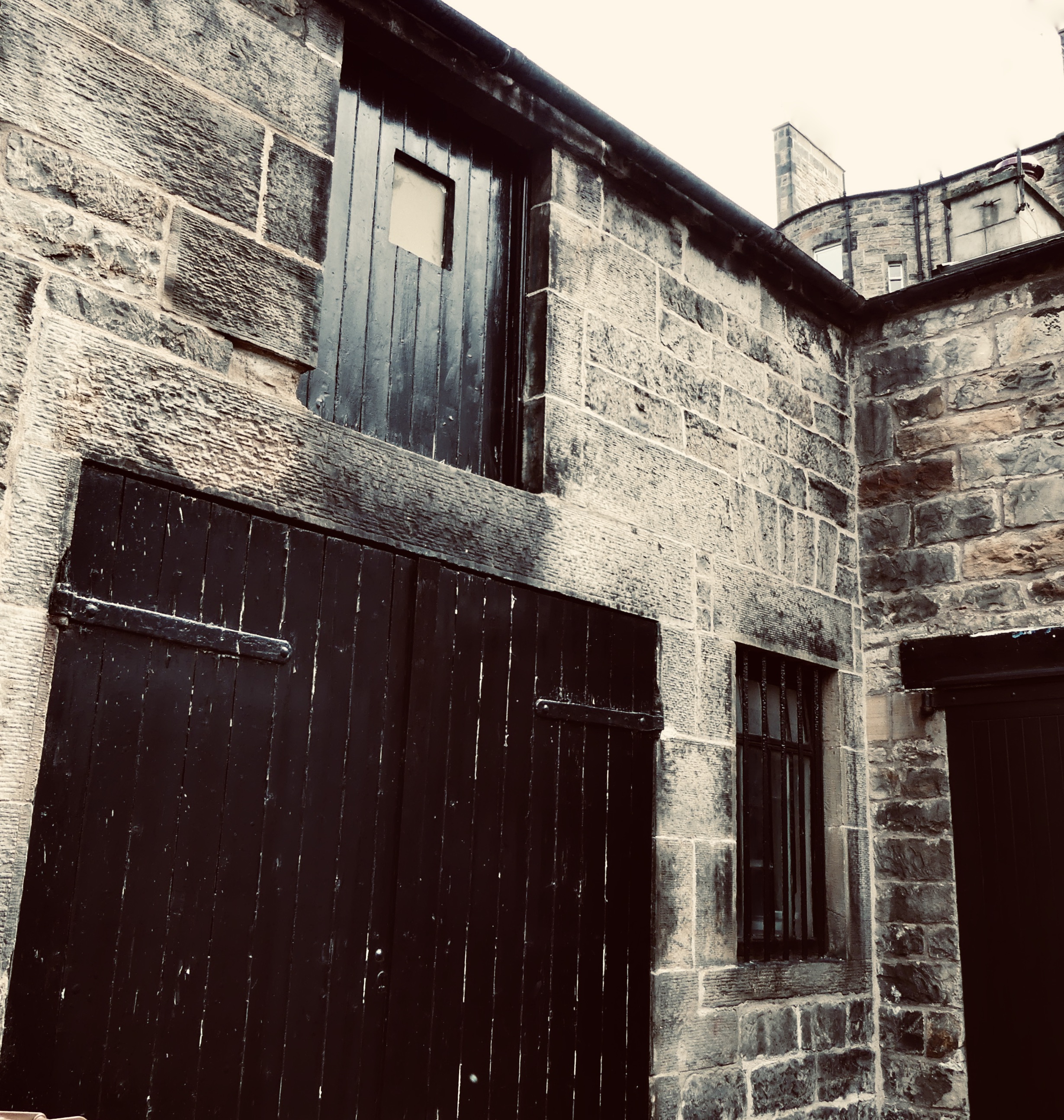
FIRE IN SCOTLAND STREET LANE.
This morning, shortly before ten o’clock, fire broke out in premises in Scotland Street Lane, occupied by Mr Archibald Strang, cab proprietor, 33 India Place.
The building is two storeys high, and was used as a stable. The fire was first observed in the upper storey, in which a quantity of hay was stored.
Information was immediately sent to the chief fire station, and Mr Braidwood,[8] with the fire brigade, was soon in attendance. The fire had, however, by this time got a firm hold of the hay, and all efforts to extinguish it proved unavailing.
There was a plentiful supply of water obtained from the main in Drummond Place, but the utmost the firemen could do was to save the stable. The upper storey was wholly consumed, the roof having fallen shortly after the fire broke out. The horses in the stable were got out uninjured.
The origin of the fire is not known.
Edinburgh Evening News, 18 September 1874
[Image: DM.]
[8] Not James Braidwood (1800–61), founder of Edinburgh’s fire brigade.
*****
THE CARSE INDUSTRIAL SCHOOL.—Yesterday there was opened in Greenside Court, off Greenside Row, Edinburgh, a notable addition to our educational appliances in the shape of a new industrial school.
Few of our readers are, we dare say, aware that the late Thomas Carse, axle manufacturer, who died in 1863, by his trust disposition and settlement directed that his estate, after providing for certain legacies and annuities, should bo applied to the purchase and endowment of an industrial school to be named “The Carse Greenside Industrial School;” and to be used for the education and industrial up-bringing, and if thought advisable, the maintenance or partial maintenance of necessitous children whose parents had been or were resident within tHe Greenside district.[9]
This settlement, it appears, was reduced and set aside by Mr Carse’s heir-at-law, so far as it conveyed heritage, and the consequence was that the trustees constituted under the deed found themselves obliged to postpone the carrying out of the trust for the purpose of accumulating interest upon the funds left at their disposal, being £5000 realised from the personal estate of the deceased.
Having, however, in 1871 purchased Carse’s heir-at-law, the executors erected thereon, in the course of last year, a building suitable for the objects they had been directed to carry out. The cost of the site, together with that of the building and other operations, amounted to about £2400,[10] and the trustees were thus left with funds equal only to an annual income of £200 (from which £14 had to be deducted for payment of a ground annual) for the endowment of the school.
In these circumstances, it has been found necessary, in the meantime, to restrict the benefits of the institution to girls, and of these only eight have as yet been admitted, though the building embraces class-rooms, work-rooms, and dormitories capable of accommodating about 30 pupils.
The institution was formally opened yesterday, when a number of friends assembled to wish it good speed. Mr John Tod, one of the trustees, having taken the chair, the Rev. Dr W. Robertson made a statement as to the beneficial operation of industrial schools.[11] Mr Hugh Rose congratulated the trustees on the completion of the school, and a few remarks were also made by Sheriff Watson.
Cake and wine were afterwards served, and the visitors made an inspection of the premises.
Scotsman, 30 October 1874
[9] Greenside Court was at 26 Greenside Row. J. Carse & Son, patent axletree manufactory, was based in Greenside (Post Office Directory, 1862–63). Thomas lived at 31 Gayfield Square and was interred in New Calton Burial Ground.
[10] About £150,260 today, or 33 years’ wages for a skilled tradesman.
[11] In a bid to reduce juvenile delinquency, the Industrial Schools Act (1867) established schools where neglected children could be sent to learn a trade. Some were boarding schools. For more, read HERE.
*****
News from the Mews will resume on Monday in 1875.
